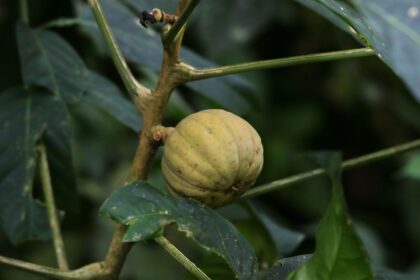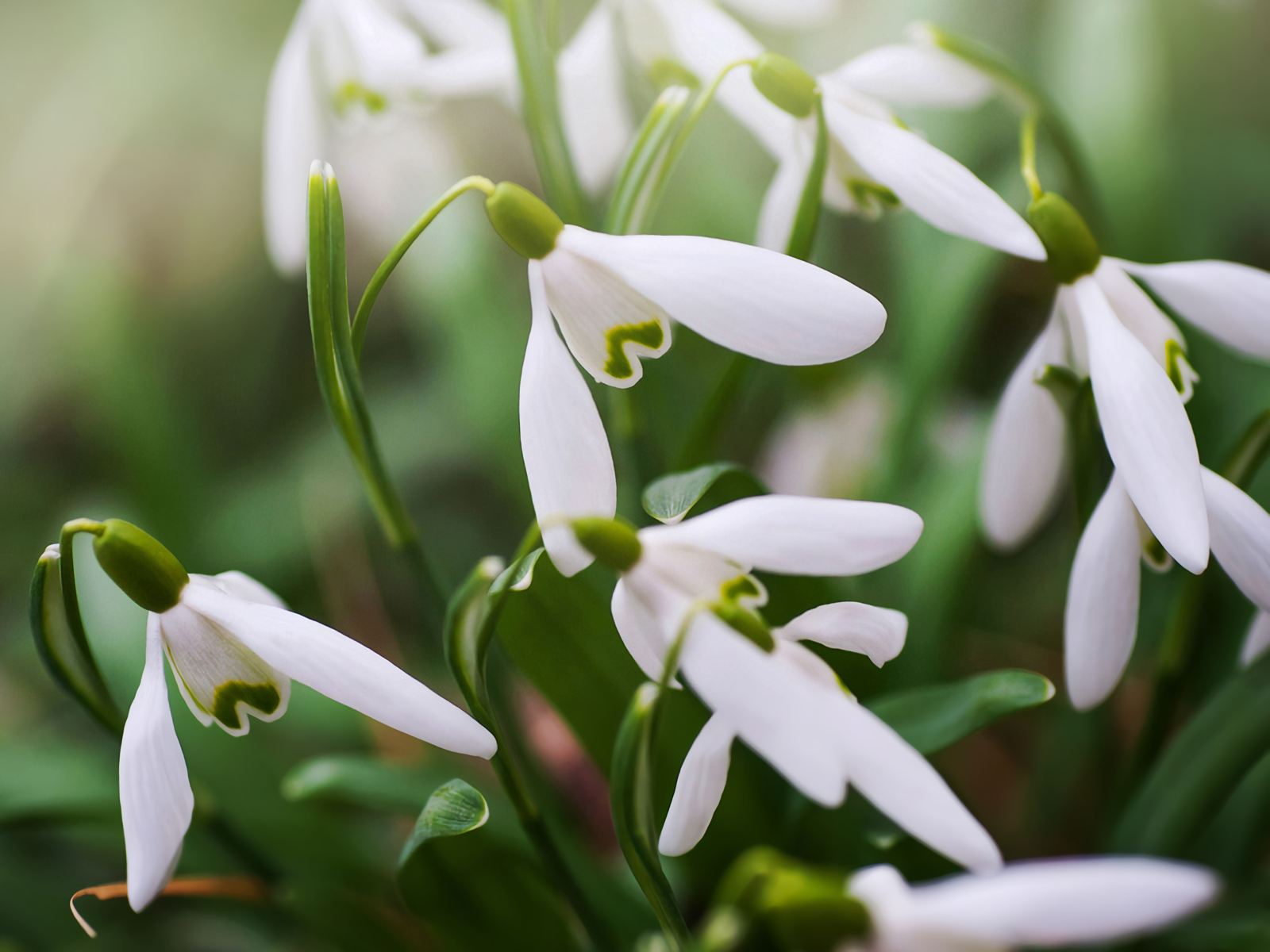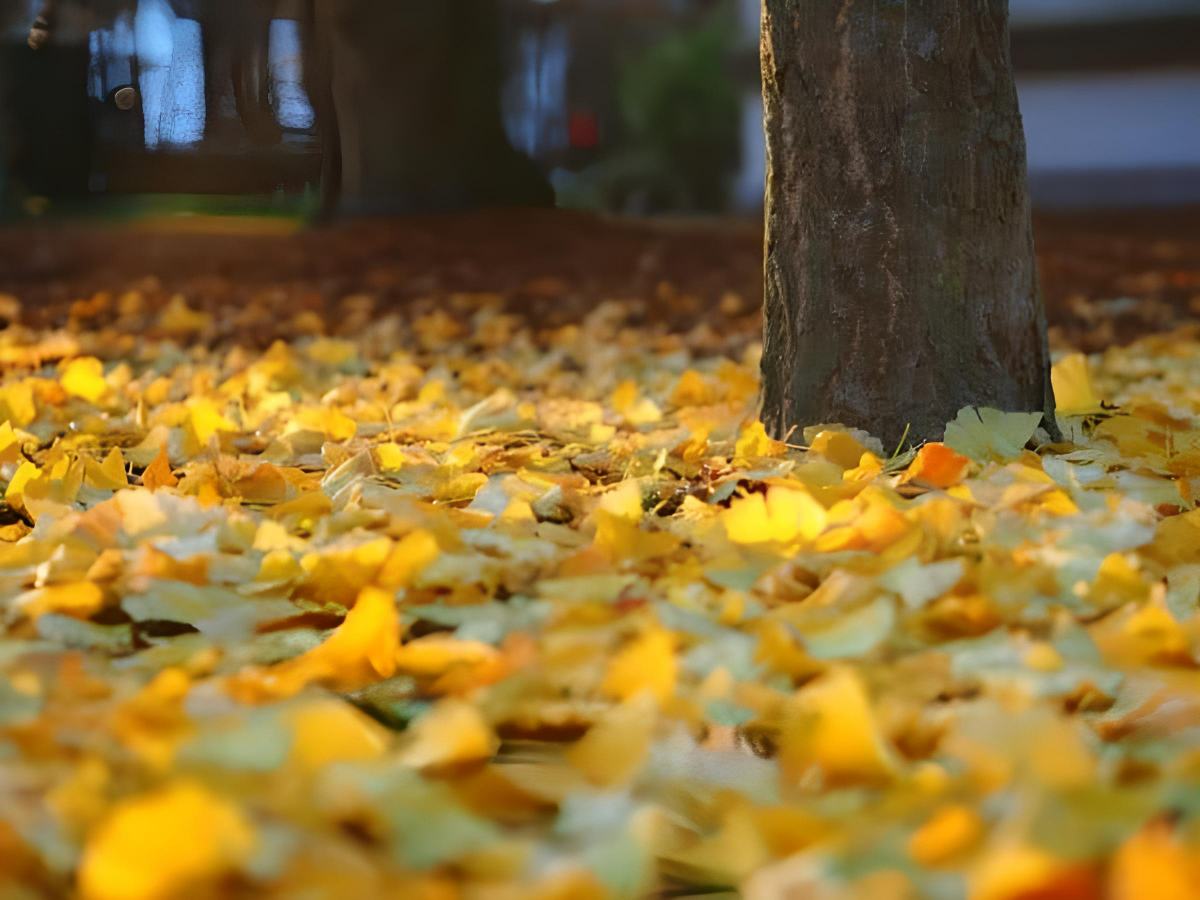They may be found in every field, along the roadsides, and even on the ruins of buildings. Ouch! You’ve managed to sting yourself with only one negligent stride and one clumsy hand movement. Even the slightest contact with nettles may result in a painful burning sensation that lasts for a long time and produces unsightly, flaming red wheals on the skin. But why exactly do nettles sting and cause a burning sensation? What precisely happens when you go too near nettles?
The so-called stinging hairs that are found beneath the leaves and on the stem of stinging nettles are there to prevent the plant from being eaten by animals. These defensive “pikes” of the nettle take the form of an elongated cell that is noticeably strengthened in the top region. These cells have a little head that is bent off to the side.

When this head is touched, it snaps off at a certain point. There, the cell wall is much thinner. And the hard remnant, which resembles a cannula, continues to be embedded in the skin. Hypodermic needles, which are used in the medical field, were made with this idea taken from nature.
The stinging nettle acts as a biological syringe, allowing a secretion to flow into even the tiniest of skin wounds. This secretion is what causes the excruciating pain and the swiftly developing swellings after touching nettles. The ingestion of as little as one ten-thousandth of a milligram of this liquid is all that is needed to bring about the undesirable effects.
Burning is an uncomfortable side effect caused by formic acid
The liquid that is expelled by the stinging hairs is a mixture of many distinct kinds of chemical compounds. Formic acid, acetylcholine, and histamine are the most prominent of them. Chemicals like formic acid and acetylcholine are mainly to blame for the stinging and burning feeling that stinging nettles cause.
On the other hand, the swellings, which may be very severe, as well as the itching, are mostly linked to histamine. Histamine is a chemical that also plays a vital part in other allergy-like responses, such as hives. The hives or wheals are more severe and persistent in one individual than they are in another, and this is because each person responds differently.
However, a negative outcome is not always inevitable after each encounter with stinging nettle. Because there is a strategy for dealing with the nettles which aren’t very liked. For instance, if you want to pick them to make a nutritious tea.
When pinching the stems and leaves, you should always start at the bottom and work your way up. Because the heads of the stinging nettle hairs do not break off, the harsh stinging liquid does not leak out of its packaging. However, this is something that requires experience and does not always work for everyone.
Home remedies for nettle sting
What do you do if you are “caught” by a stinging nettle and it starts to hurt so much? Broad and pointed plantain are among the home remedies used against stinging nettles since ancient times. To be more specific, the liquid or pulp that is extracted from these plants can be found in many meadows and along roadways. They have a painkilling and anti-inflammatory action, and they also speed up the healing process of wounds.
In the case of a nettle sting, you can stay calm, and cool while waiting for the sensation to wear off. However, in an emergency situation, cortisone or anti-allergic ointments are usually applied to the skin.






